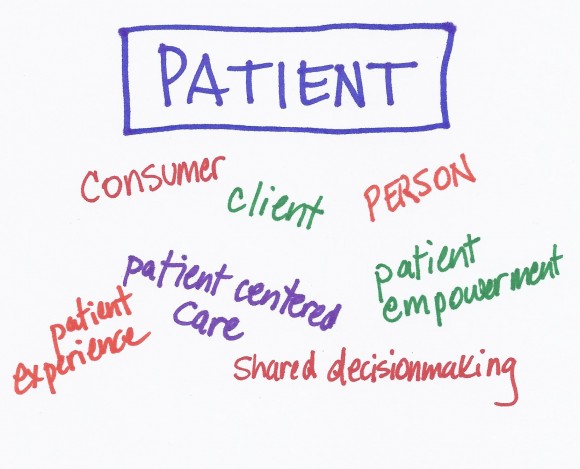The Patient
 When I was a child, my parents were very friendly with their doctor who was an internist (someone who did medical training in internal medicine or general medicine for adults). Because he was a family friend, he agreed to start seeing me as a patient when I was about 12 years old. He was warm and friendly and took a long time to talk with me in his office before examining me. He did very few tests and almost never drew my blood.
When I was a child, my parents were very friendly with their doctor who was an internist (someone who did medical training in internal medicine or general medicine for adults). Because he was a family friend, he agreed to start seeing me as a patient when I was about 12 years old. He was warm and friendly and took a long time to talk with me in his office before examining me. He did very few tests and almost never drew my blood.
I remember those days fondly but they are long gone. My childhood doctor had far fewer tools at his fingertips and far less medical knowledge than we have today. Patients had very little access to the scant medical literature that was available. We put our trust in our doctors because they knew more than we did.
Today, things are very different. Medical knowledge and technology have grown dramatically. We now know that in most medical situations, there is no single, right answer. As much as we might like our doctor to tell us the right decision, there really is no right answer for everybody. My doctor can help me figure out what is right for me by considering my values and preferences and helping me to understand the scientific evidence. This is the essence of the Care Triad.
Here’s an example. The research (for now) is pretty clear that there is no difference in survival if a woman with breast cancer that is caught early has a mastectomy (complete removal of the breast) or a lumpectomy (removal of the tumor) followed by radiation. One woman might opt for a mastectomy because she feels strongly that she wants to be sure that all the cancer is removed. Another woman might opt for a lumpectomy with radiation because she can’t stand the thought of losing her breast. Both decisions are “right” based on the existing medical knowledge and the values and preferences of the individual woman making the decision. Asking your doctor to choose your care for you is like asking your haircutter to pick your hairstyle for you – you want your haircutter to provide some suggestions or recommendations but not to decide unilaterally what is best for you.
We, as patients, need to participate in our own care to make sure our healthcare decisions are right for us. There are numerous movements focused on the voice of the patient – patient empowerment, patient experience, patient centered care, shared decisionmaking to name a few. I will try to avoid using these terms since it can get confusing to figure out how they all work together. The important thing is to remember that healthcare is about caring for the patient.
I don’t mind the word “patient”; many people prefer “consumer” or “client” or “person” but I think we can all understand that a patient is a person who is in contact with the healthcare system.
6 thoughts on “The Patient”